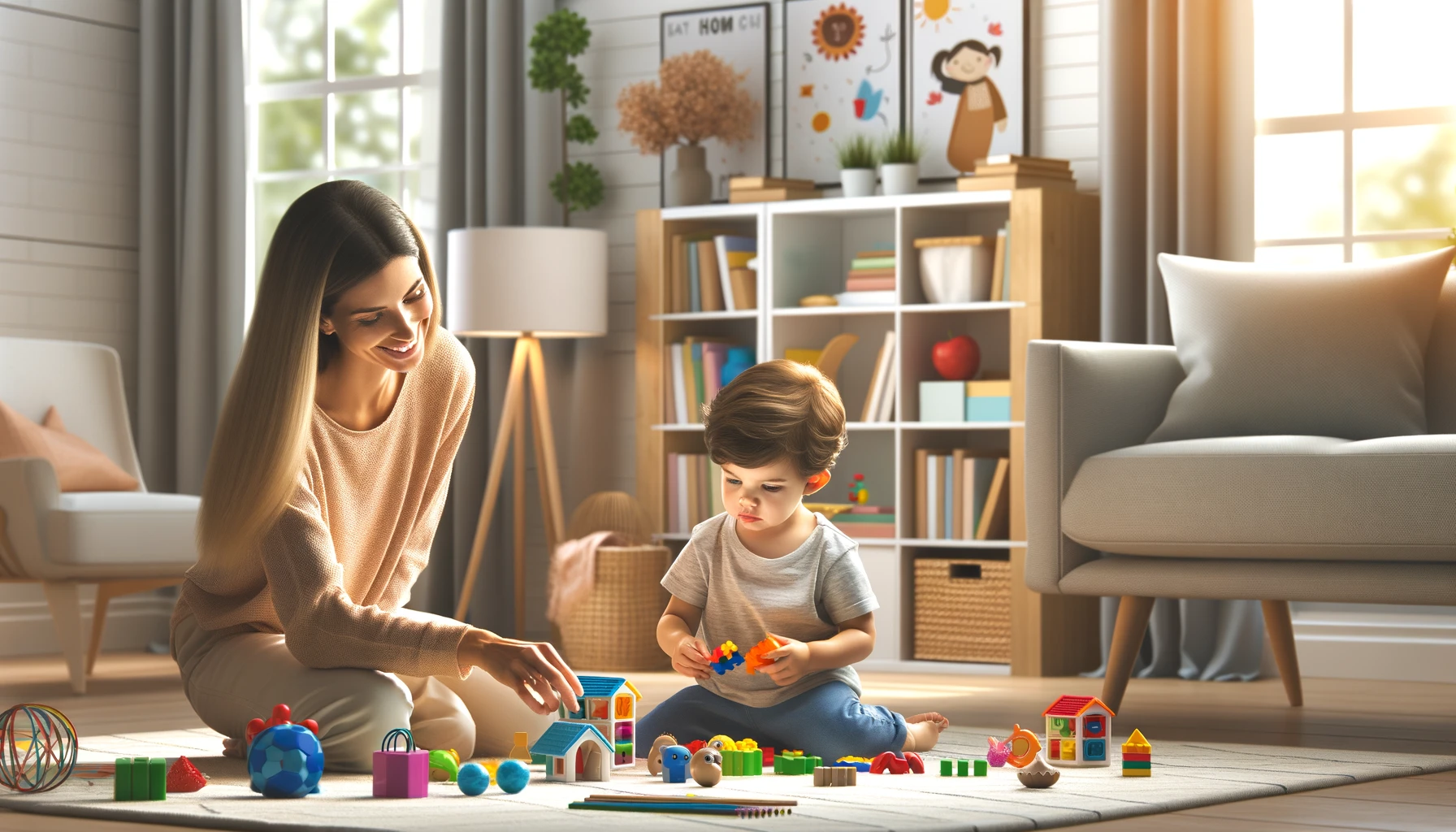Keeping children engaged and learning at home doesn’t have to be complicated or expensive. With a bit of creativity and planning, you can turn ordinary moments into powerful opportunities for growth and discovery. In this article, you’ll find ten fun, low-prep, and educational activities that promote learning while strengthening your bond with your child.
1. Color Sorting with Household Items
This is a classic activity that supports early math skills and cognitive development. Gather objects from around the house—like buttons, bottle caps, or toy blocks—and have your child sort them by color.
What it teaches:
- Color recognition
- Categorization
- Fine motor skills
Tip: Use muffin tins or empty egg cartons to create color-coded sections for sorting.
2. Story Time with a Twist
Instead of just reading a book, pause and ask your child questions about the story:
- “What do you think will happen next?”
- “Why do you think the character is sad?”
- “Can you make up a different ending?”
What it teaches:
- Reading comprehension
- Emotional intelligence
- Imagination and storytelling
3. DIY Sensory Bins
Create a sensory bin using rice, dry pasta, or beans as a base. Add scoops, cups, small toys, or nature items like leaves and stones. Let your child dig in!
What it teaches:
- Sensory exploration
- Focus and attention
- Motor skills
Note: Always supervise sensory bins with young children to ensure safety.
4. Indoor Scavenger Hunt
Make a simple list of items your child can find around the house:
- “Something soft”
- “Something blue”
- “A toy with wheels”
Turn it into a timed challenge or cooperative game if you have more than one child.
What it teaches:
- Observation skills
- Critical thinking
- Vocabulary expansion
5. Kitchen Math
Involve your child in cooking or baking. Let them measure ingredients, count spoons, or observe how mixing and heating changes things.
What it teaches:
- Basic math (counting, measuring)
- Science concepts (mixtures, temperature)
- Following instructions
6. Build a Letter or Number of the Day Box
Each day, pick a letter or number and build a day around it. For the letter “B,” you could:
- Eat a banana
- Read a book
- Play with blocks
- Draw a bear
What it teaches:
- Letter and number recognition
- Association and categorization
- Daily routine structure
7. Create a Nature Journal
Go for a walk and collect leaves, flowers, or interesting rocks. Back home, help your child tape them into a notebook and describe what they saw or felt.
What it teaches:
- Observation and scientific thinking
- Fine motor skills
- Writing and drawing practice
8. Shape Hunt Around the House
Shapes are everywhere! Create a checklist with circles, squares, triangles, and rectangles. Ask your child to walk around and find items that match each shape.
What it teaches:
- Geometry basics
- Spatial awareness
- Logical thinking
9. Make a Feelings Chart
Draw or print out different facial expressions and help your child label each one: happy, sad, surprised, angry, etc. Throughout the day, let them point to how they feel.
What it teaches:
- Emotional literacy
- Communication skills
- Self-awareness
10. Imaginative Play: Role-Playing Games
Let your child pretend to be a chef, a doctor, a teacher, or a parent. You can set up props using things from around the house. Join the play and expand the storyline together.
What it teaches:
- Social skills
- Vocabulary development
- Problem-solving and empathy
Final Thoughts: Learning Is Everywhere
Children are naturally curious and eager to learn, and home is the perfect environment to nurture that curiosity. The key is to make learning fun, engaging, and part of your everyday routine. These activities don’t require fancy tools or materials—just your time, encouragement, and a willingness to explore with your child.
Try mixing and matching these activities during the week, and don’t worry about perfection. The most important thing is that your child feels supported and inspired as they grow and learn with you.
